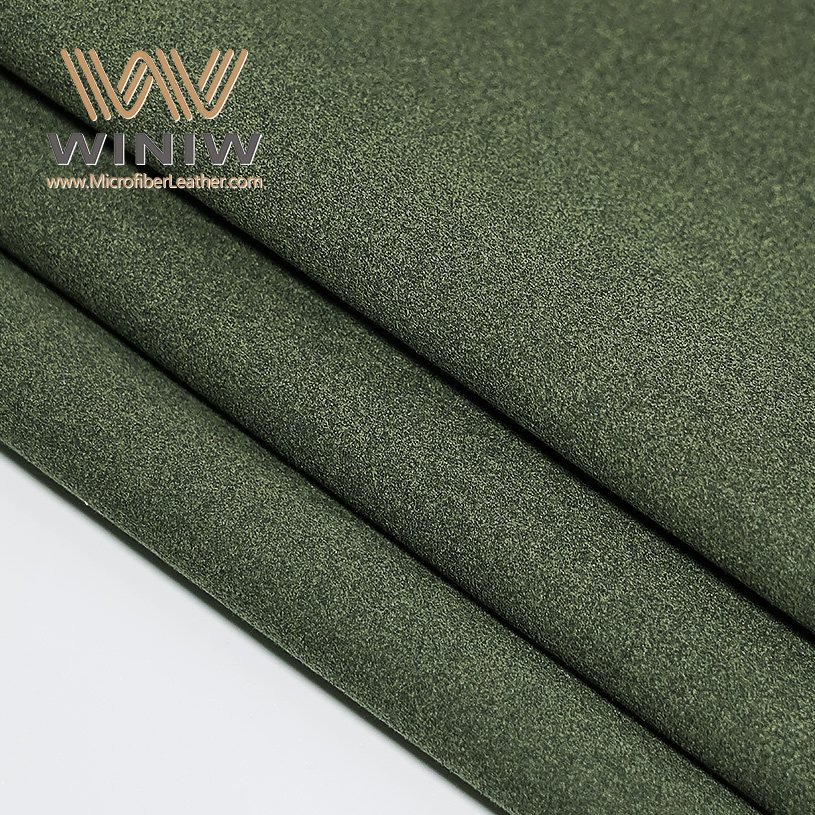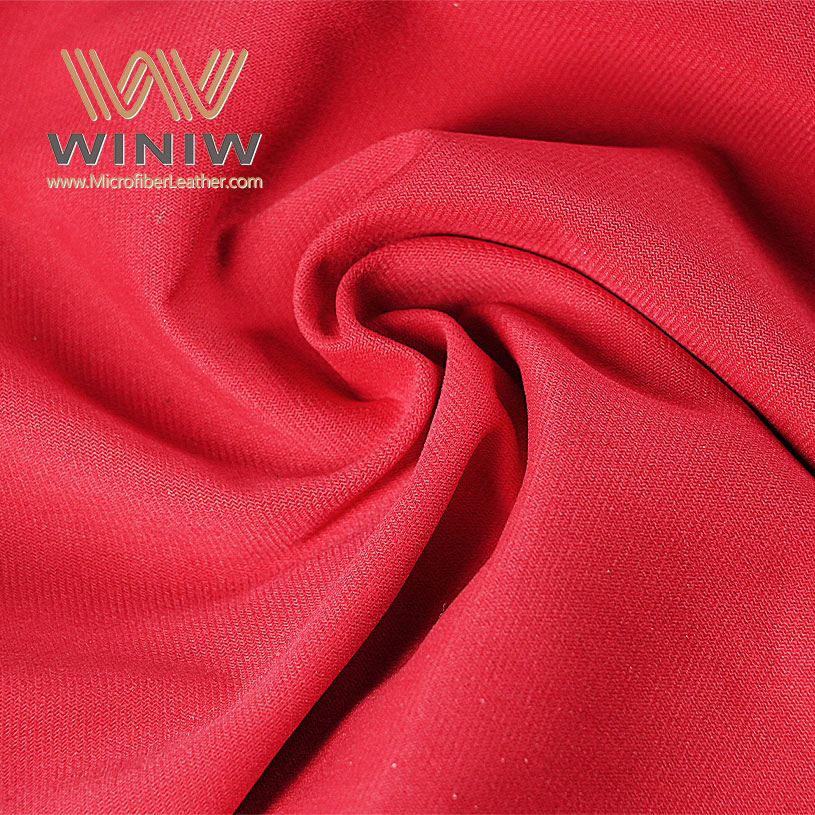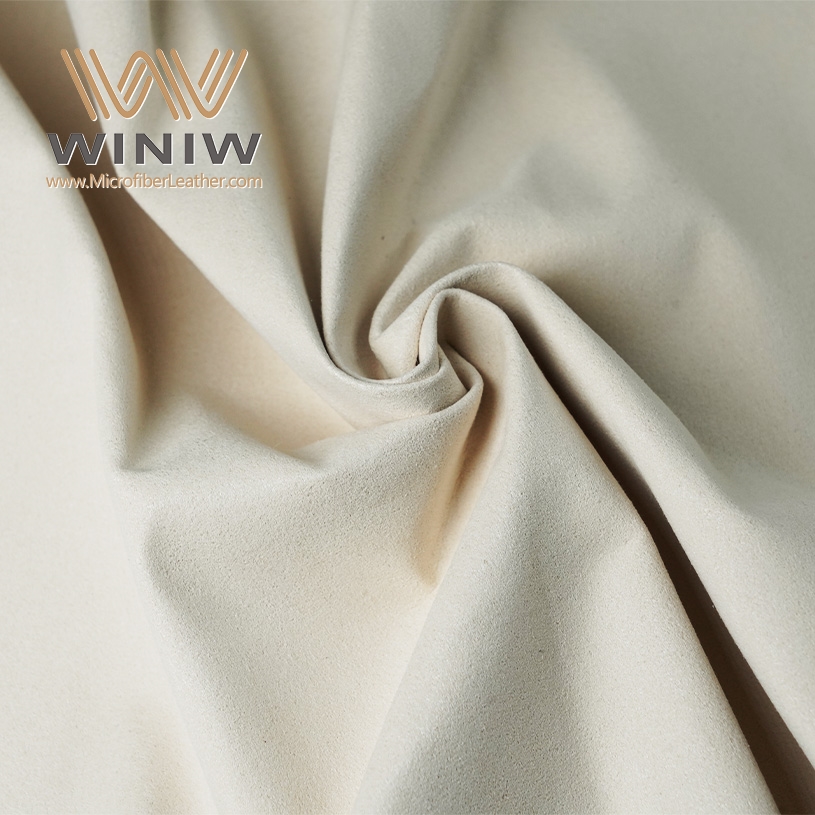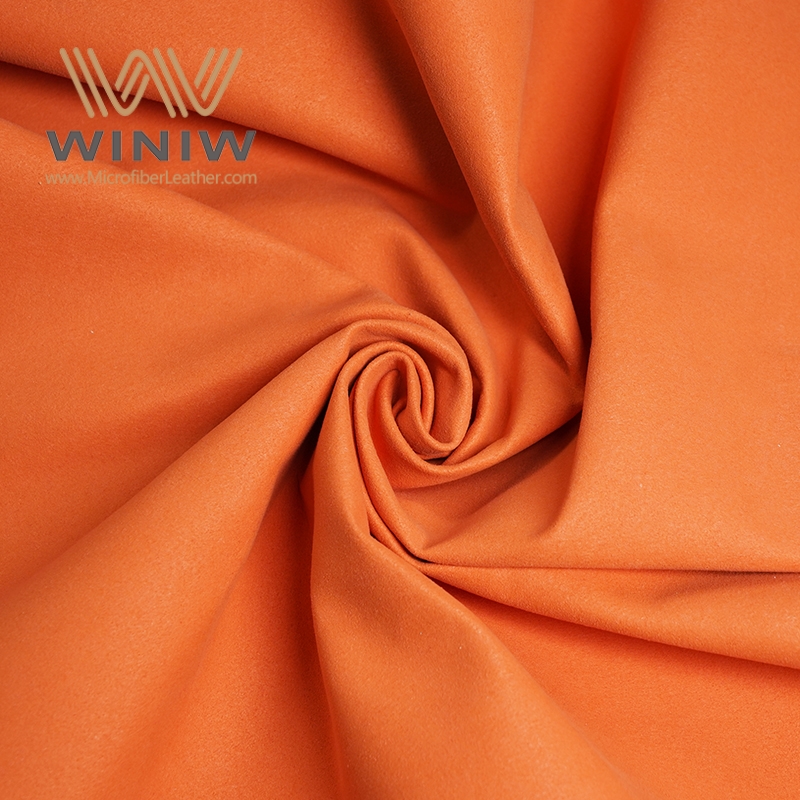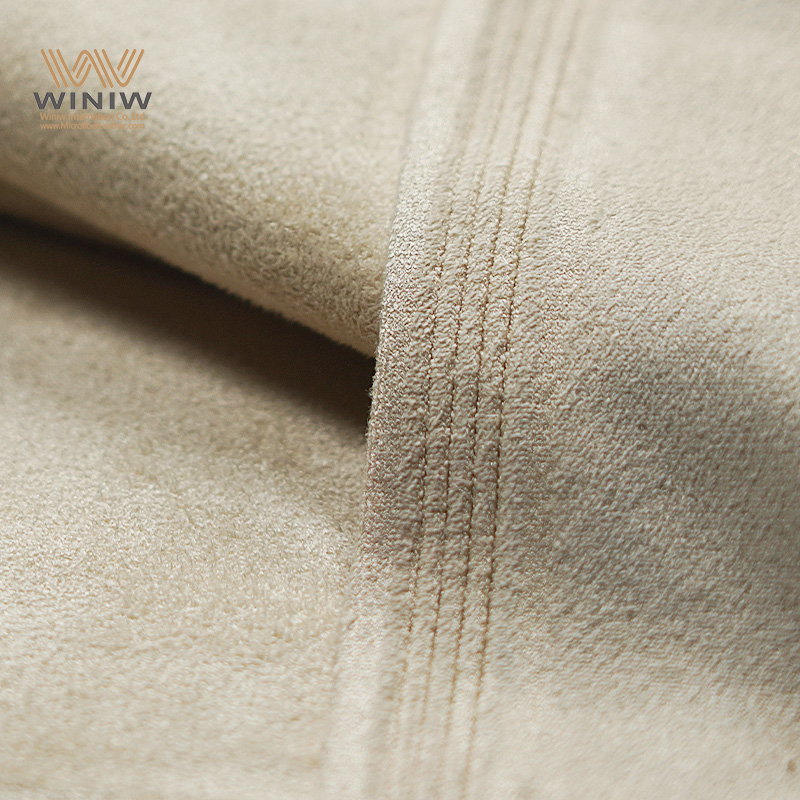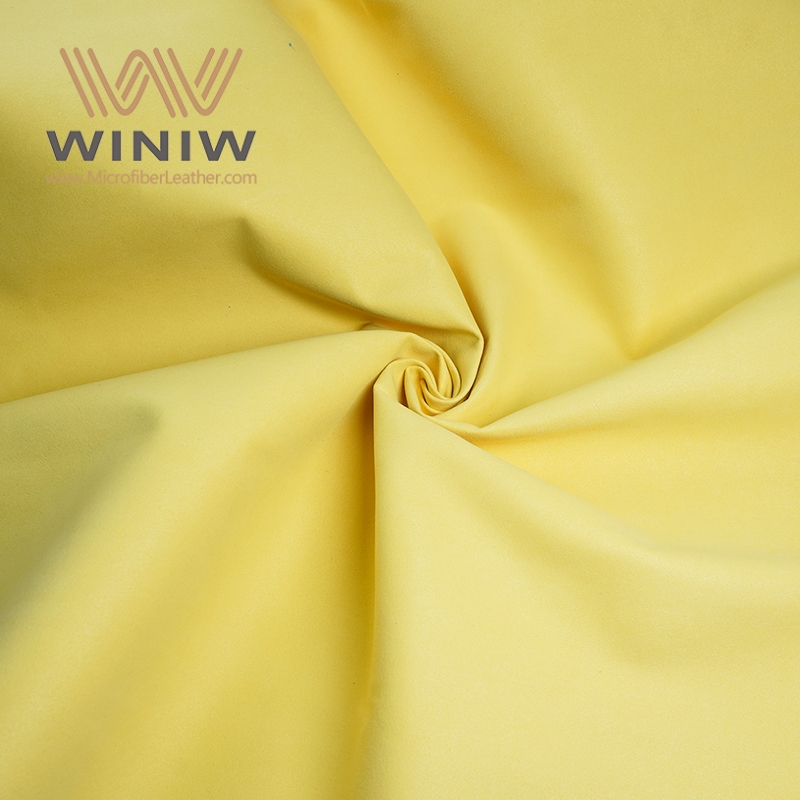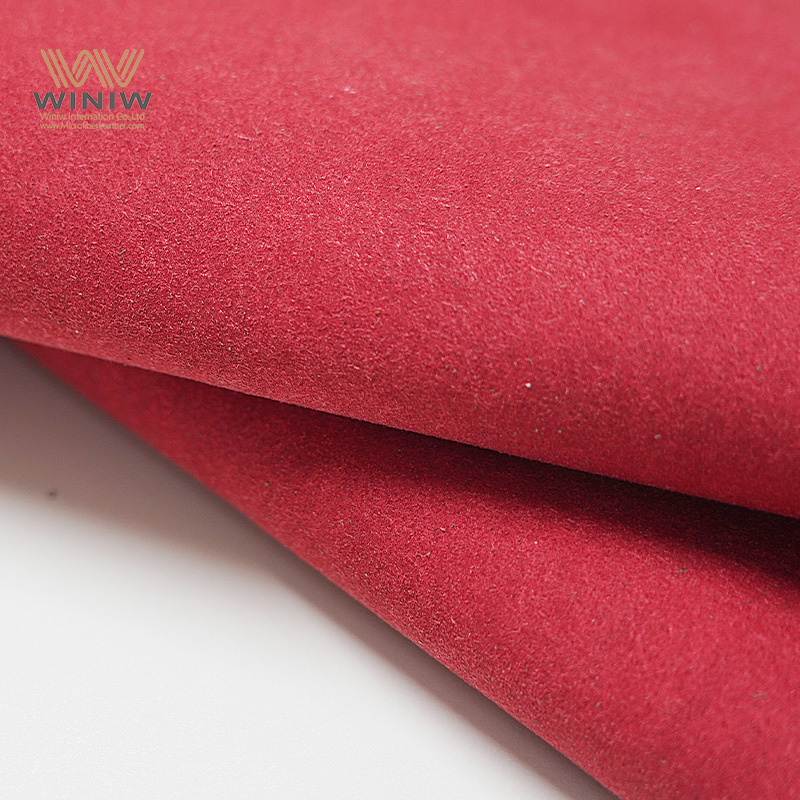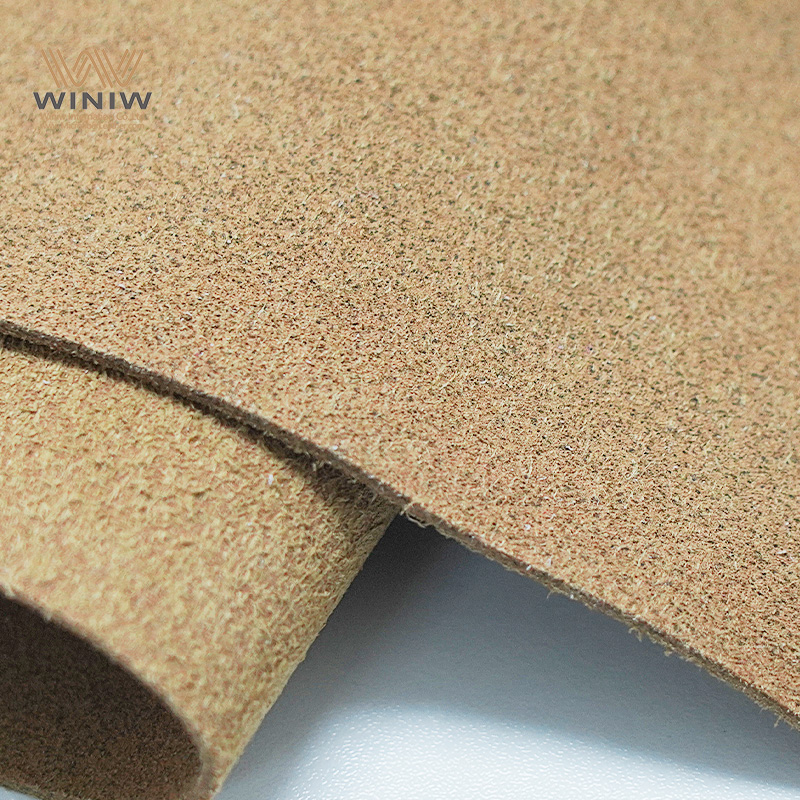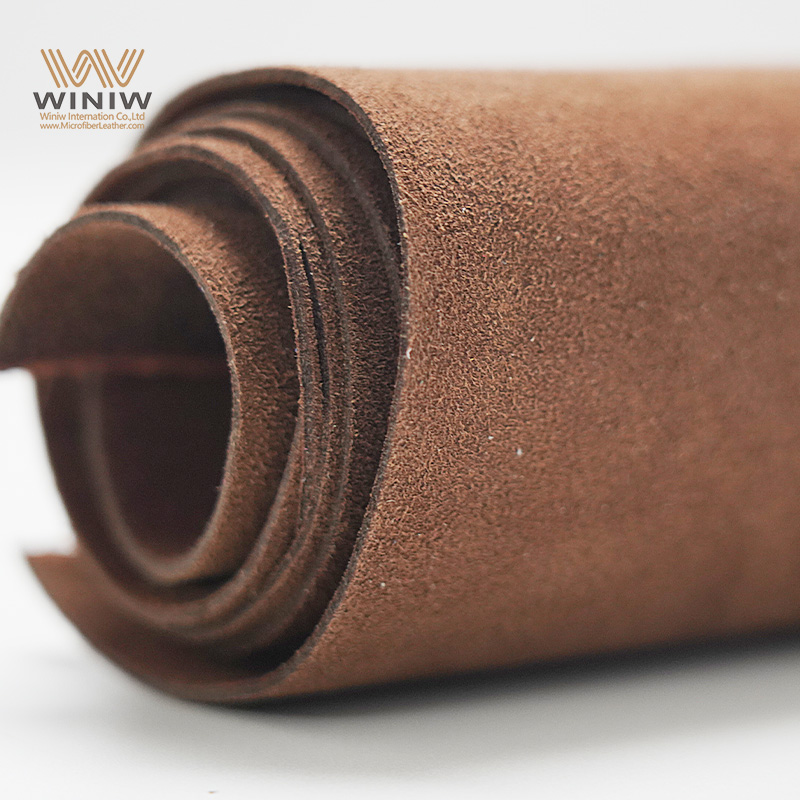What kind of leather is used for soccer balls?
Soccer balls use different kinds of materials that are often called "leather," but most of them are not real leather from animals these days. A long time ago, people did make soccer balls with real leather. It was thick and felt strong, but it had big problems. When real leather got wet, like in rain, it would get heavy and change shape. That made the ball hard to kick and control. Also, real leather wore out fast if used a lot, especially on rough ground. So, as soccer became more popular and played in all kinds of weather, people started looking for better materials.
Now, the materials used for
soccer balls are mostly synthetic, which means they are made in factories, not from animals. Two common ones are PU (polyurethane) and PVC (polyvinyl chloride). These are often called "synthetic leather" because they look and feel a bit like real leather, but work better for
soccer balls. PU is softer than PVC and feels more like real leather when you touch it. It’s good for keeping the ball’s shape and bouncing evenly, which is important for playing well. PVC is a bit cheaper and more durable, especially against water. It doesn’t get heavy when wet, so it’s good for balls used in rainy places or by kids who play outside a lot.
There are other
synthetic materials too, but PU and PVC are the most common. They are both easy to make in different colors and designs, which is why soccer balls can have bright patterns or team logos. They also last longer than real leather. Even after being kicked hundreds of times on grass, concrete, or mud, they don’t tear or lose their shape as quickly. This makes them better for everyday use, whether in professional games or just for playing in the park.
So, to put it simply,
soccer balls today mostly use synthetic leather like PU or PVC. Real leather is rarely used anymore because synthetic materials solve the old problems of weight, water damage, and durability. These synthetic leathers make soccer balls easier to play with, more reliable, and better for all kinds of weather and playing conditions.
What’s more, these synthetic leathers keep getting better with new technology. Manufacturers are finding ways to make them even softer, closer to the feel of real leather, while keeping all the good parts like water resistance. This means players—whether kids in the neighborhood or pros on the field—get the best of both worlds: a ball that feels great to touch and holds up no matter how hard they play.
They’re also easier to produce in large numbers, which helps make soccer balls more affordable for schools, clubs, and families. You don’t have to worry about paying extra for a ball that might fall apart after a few weeks. From local parks to big stadiums, synthetic leather like PU and PVC has become the go-to choice, making soccer more accessible and enjoyable for everyone, no matter the weather or how often they play.


